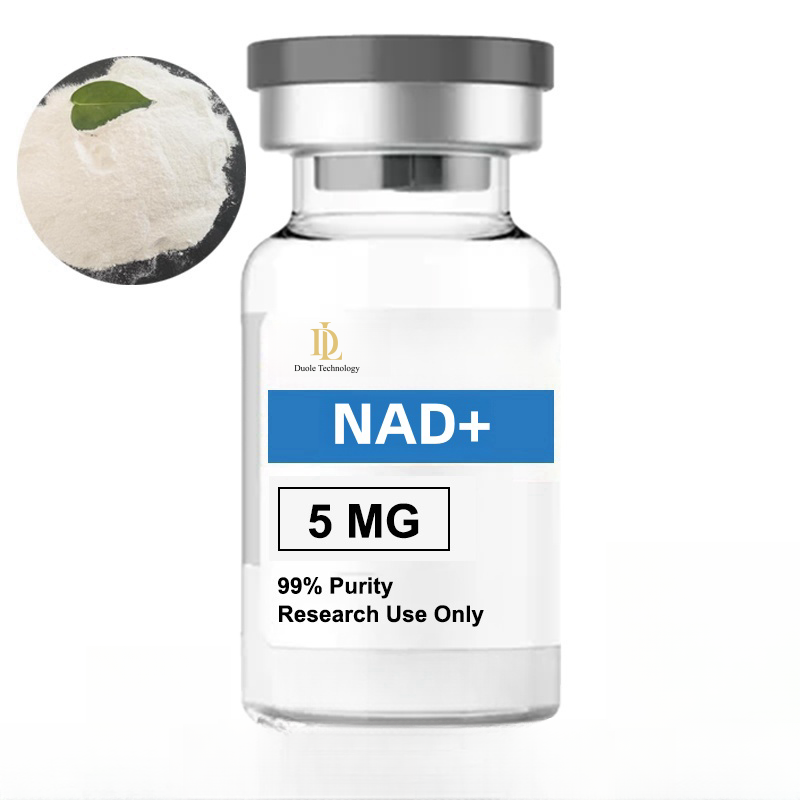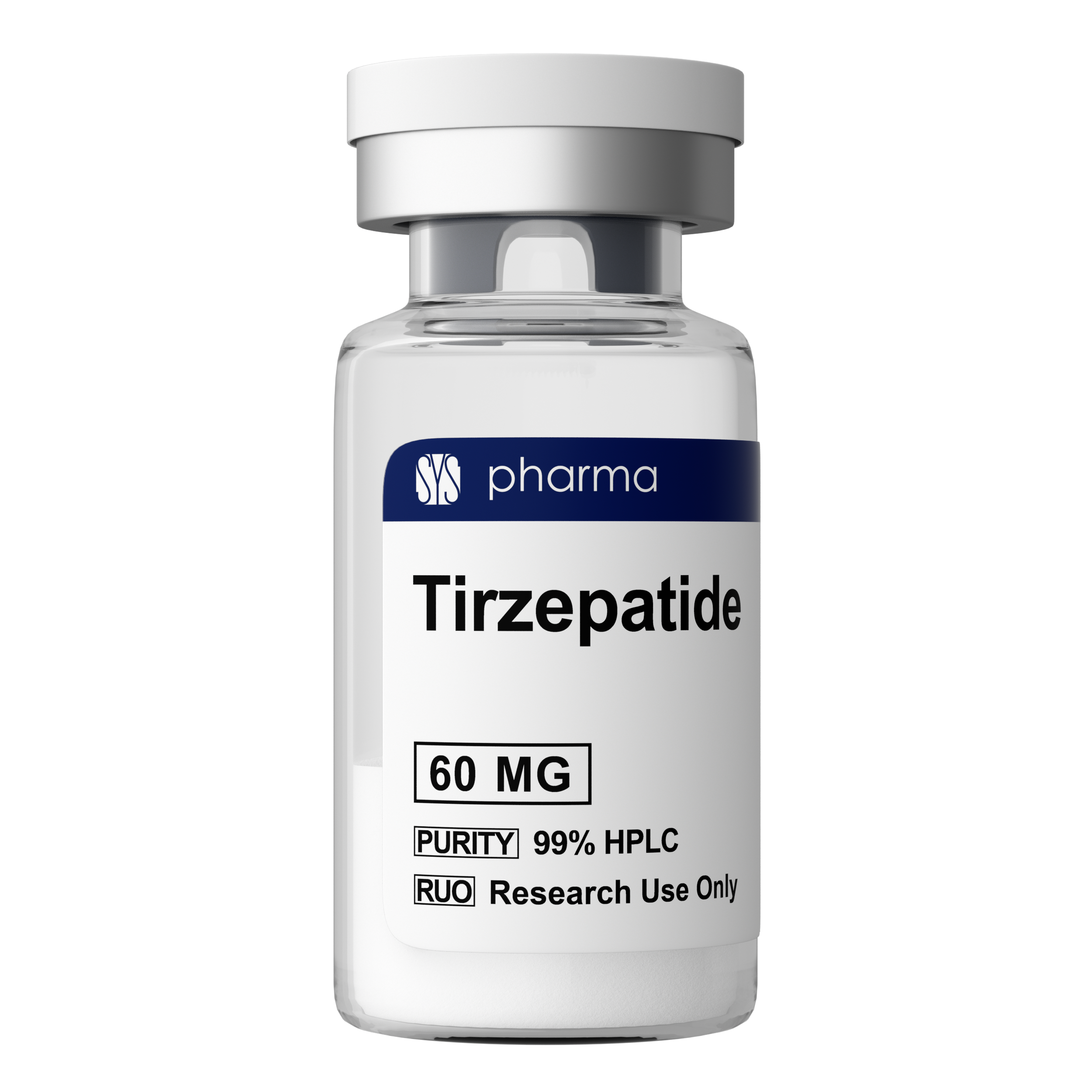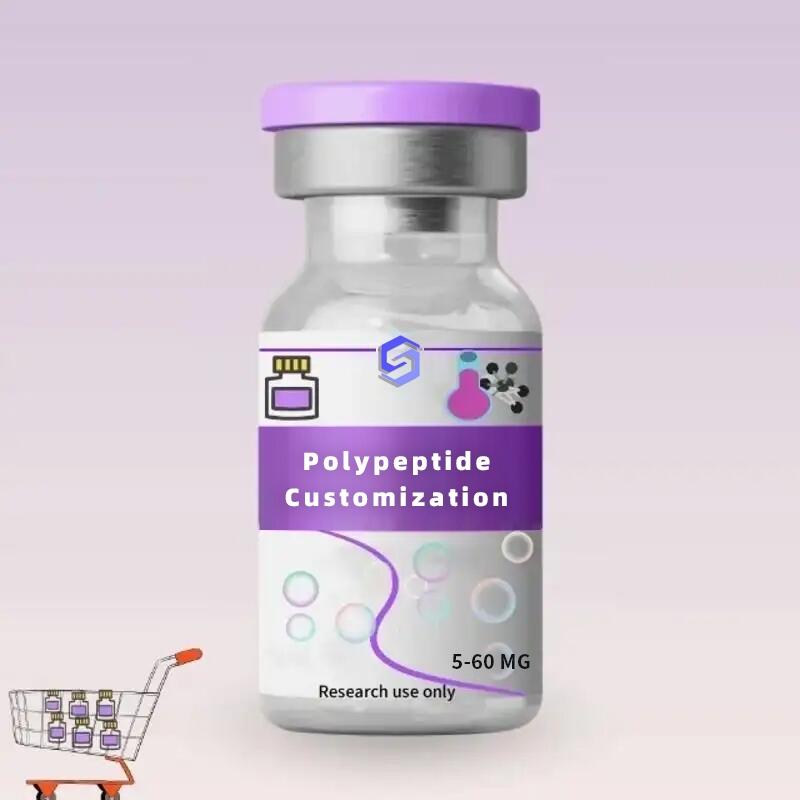-
Categories
-
Pharmaceutical Intermediates
-
Active Pharmaceutical Ingredients
-
Food Additives
- Industrial Coatings
- Agrochemicals
- Dyes and Pigments
- Surfactant
- Flavors and Fragrances
- Chemical Reagents
- Catalyst and Auxiliary
- Natural Products
- Inorganic Chemistry
-
Organic Chemistry
-
Biochemical Engineering
- Analytical Chemistry
-
Cosmetic Ingredient
- Water Treatment Chemical
-
Pharmaceutical Intermediates
Promotion
ECHEMI Mall
Wholesale
Weekly Price
Exhibition
News
-
Trade Service
1H-Pyrrolo[3,2-b]pyridine-3-carboxylic acid, also known as tryptamine carboxylic acid, is a substance that has been used in the chemical industry for a variety of purposes, including as a precursor for the synthesis of certain pharmaceuticals and other drugs.
Despite its widespread use, there have been concerns about the safety of this substance, particularly with regard to its potential for toxicity and its potential to cause cancer.
In this article, we will take a closer look at the safety of 1H-Pyrrolo[3,2-b]pyridine-3-carboxylic acid and explore the measures that are typically taken to ensure the safe handling and use of this substance in the chemical industry.
To begin, it is important to note that 1H-Pyrrolo[3,2-b]pyridine-3-carboxylic acid is classified as a Category 2 carcinogen by the International Agency for Research on Cancer (IARC), which means that it is possibly carcinogenic to humans.
This classification is based on limited evidence of carcinogenicity in humans and sufficient evidence of carcinogenicity in experimental animals.
However, it is worth noting that the available data is limited, and more research is needed to fully understand the potential cancer-causing properties of this substance.
Despite its potential cancer-causing properties, 1H-Pyrrolo[3,2-b]pyridine-3-carboxylic acid is still widely used in the chemical industry, and it is typically handled with care to minimize the risk of exposure.
In fact, most industrial processes involve the use of protective equipment, such as gloves and masks, to prevent skin and respiratory exposure.
Additionally, exposure limits are set by government agencies to ensure that workers are not exposed to unsafe levels of the substance.
It is also worth noting that 1H-Pyrrolo[3,2-b]pyridine-3-carboxylic acid is highly soluble in water, and it is therefore possible for the substance to enter the environment through various routes, such as waste disposal.
This has raised concerns about the potential for environmental contamination and the potential for the substance to cause harm to aquatic life.
As a result, strict regulations have been put in place to control the release of 1H-Pyrrolo[3,2-b]pyridine-3-carboxylic acid into the environment.
In addition to its potential for toxicity and cancer-causing properties, 1H-Pyrrolo[3,2-b]pyridine-3-carboxylic acid is also known to be highly flammable and can ignite at room temperature when exposed to air.
This means that it is important to handle the substance with care and store it in a cool, dry place that is well-ventilated.
Additionally, fire-fighting equipment should be readily available in case of an emergency.
Overall, the safety of 1H-Pyrrolo[3,2-b]pyridine-3-carboxylic acid is a matter of concern, particularly with regard to its potential for toxicity, cancer-causing properties, and environmental contamination.
However, with proper handling and use, the risks associated with this substance can be minimized, and the benefits of its use in the chemical industry can be realized.
As with any chemical substance, it is important to handle it with care and to follow all relevant safety procedures and regulations to ensure the safety of workers and the environment.







